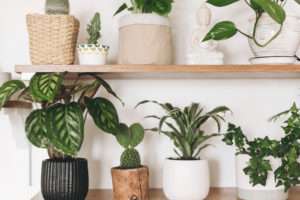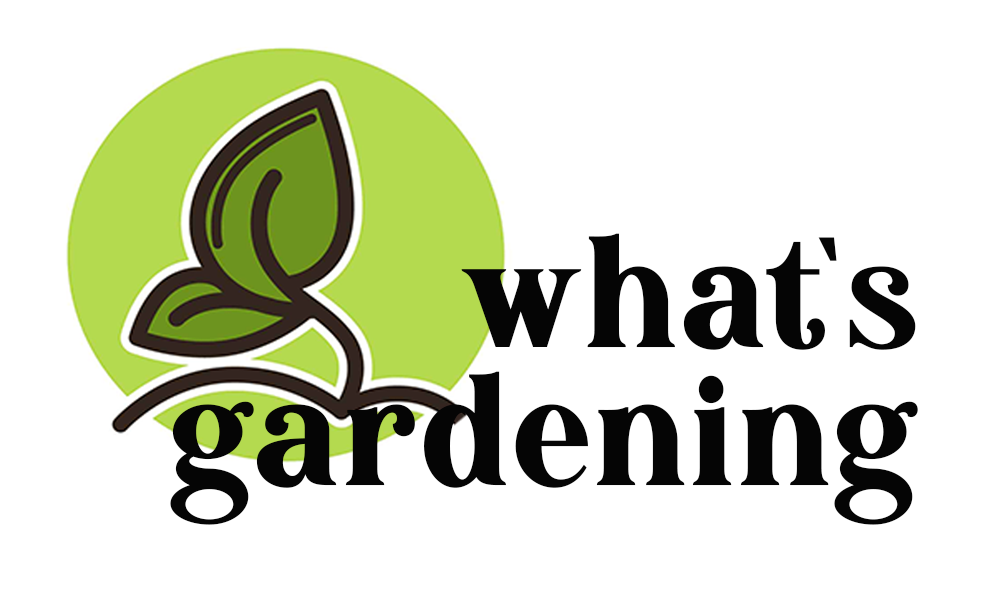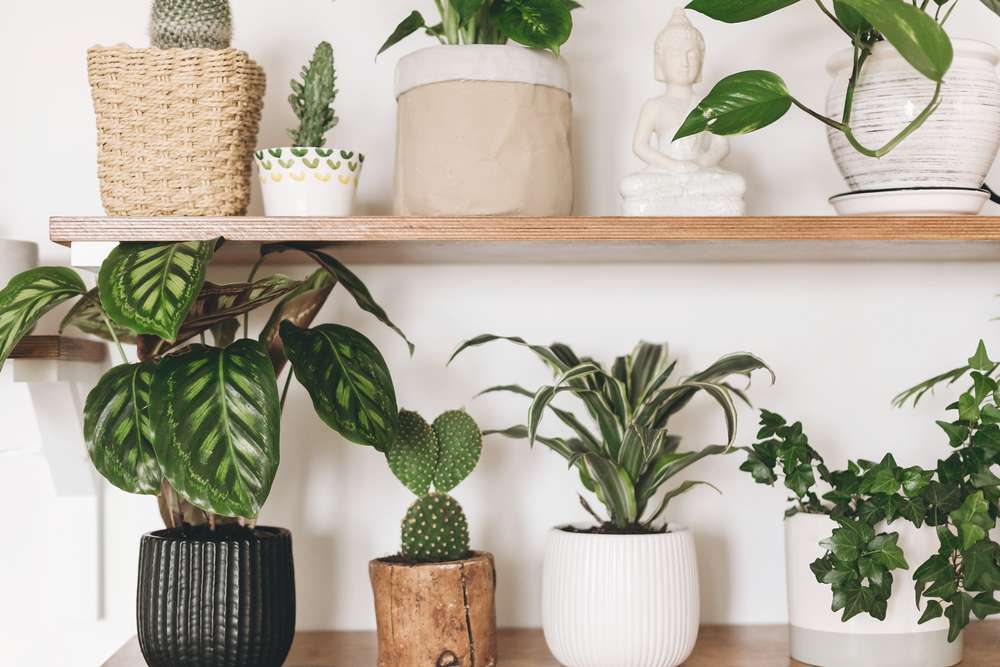For the second time in a year, I went abroad and my husband killed a plant. The worst part? He killed it with too much love. He overwatered it.
The most hurt was that it was a snake plant, which is the most indestructible indoor plant known to us. One thing can destroy it, and it’s not what you think, although all of those can affect its well-being to some extent. It wants to be left alone, so it’s giving it too much attention. My Sansevieria was dead because of too much watering.
This was not the first time that over watering had taken a toll on my plants. My snake plant, which thrives on semi-neglect, has started to get very large over the past few months. When I asked my friends on social media to check in on it, was it the most common response? Overwatering a snake plant.
I could have sworn I was doing the opposite. Is it not clear if its leaves and growth are not signs of that? My husband and I realized that I’m not inculpable. Lindsay Pangborn is a member of the Grow-How team and she taught me how to better understand the needs of my plants when it comes to overwatering vs. underwatering. It seems that over watering seems to kill more of them than underwatering. Her best advice? If you don’t water on a schedule, evaluate your plant and its soil to know when to water. For more, read on.
Overwatering vs Underwatering: Which is Worse?
 When it comes to overwatering vs underwatering, Lindsay Pangborn has to agree. One of the most common causes of plant death is overwatering. There is a reason why drainage holes on the bottom of pots is our top piece of advice for plant parents. It’s difficult to master the art of watering since it’s so dependent on the environment: Factors like light level, humidity, temperature, and more can all affect how quickly your plant uses water. For example, overwatering pothos is a common cause of their deaths. They love water and moist soil, but too much water will cause root rot and lead to them eventually dying.
When it comes to overwatering vs underwatering, Lindsay Pangborn has to agree. One of the most common causes of plant death is overwatering. There is a reason why drainage holes on the bottom of pots is our top piece of advice for plant parents. It’s difficult to master the art of watering since it’s so dependent on the environment: Factors like light level, humidity, temperature, and more can all affect how quickly your plant uses water. For example, overwatering pothos is a common cause of their deaths. They love water and moist soil, but too much water will cause root rot and lead to them eventually dying.
Why Does Overwatering a Plant Kill It?
When plants are overwatered, their soil can become saturated and their roots can’t breathe. The roots simply cannot function over time, which is why some signs of over watering are similar to signs of underwatering. Some plant overwatering signs are plants with sallow leaves don’t perk up after watering. In advanced stages of over watering, leaves can turn yellow and fall off the plant.
Which plants are prone to overwatering?
The Parlor Palm is prone to over watering. It can thrive off regular mists a few times a week because it requires so little water.
The Money Tree is a plant that gets more water than it needs because of the seasonal changes. During the colder months, this plant prefers deep, but frequent, watering periods. Succulents and Sansevierias are also prone to over watering due to their tendency to thrive in dry conditions and their ability to store water in their leaves and stems. They need more watering during the summer months when they are growing, compared to the winter months when they are not growing which can lead to overwatering succulents.
Plants that Like Water
There are many plants that can grow in water and can adapt to flooding. The common type of plant that is tolerant of a lot of water is the carnivorous variety. Many of the species that are native to a bog enjoy growing in damp moss and getting lots of sunlight. The Pitcher Plant looks great in a pot or hanging basket near a window.
How to Stop Overwatering Plants
One way to make sure you’re not over watering your plant is to make sure the pot has a hole in it to allow excess water to drain out. The pots have a saucer to catch excess water. A plant in a pot with no drainage holes has an increased chance of root rot.
Why is My Plant Turning Yellow?
A plant will let you know when it needs water. Variations in temperature, humidity, and light exposure affect the setting of a plant. A plant in a different location may need watering at different times. Sansevierias in a warm area can be watered weekly, while Sansevierias in a cold area only need water once every 4 to 6 weeks. We don’t recommend watering on a schedule, and instead recommend evaluating your plant and its soil to know when to water. The touch test is one tip I recommend for small pots.
When to Water Plants
To determine when to water plants, check the soil by sticking your finger in to the middle knuckle.
If the soil is moist, don’t water it, and check it again in a few days.
Water your plants until the water from the pot’s drainage holes flows out of the soil. Put the pot back on the empty saucer. Remember, when it comes to overwatering vs. underwatering, your plant can still be viable and restored if it underwatered; however, a severely overwatered plant will probably not survive.
If your plants need an extra kick of good H2O, the trick is watering plants with distilled water. Distilled water does not have the harmful chemicals and metals that some tap waters do; therefore, your plants will absorb it much better, allowing them grow and thrive to their full potential!

